Share This
International use of the Whole Grain Stamp has taken off in the past few years – another sign of the rising popularity of whole grains globally. With international membership increasing more than 30% in the last year, we now have 71 foreign member companies based in 21 countries. Of all the products registered to use the Stamp, 23% of them are available outside the US – in fact, they are found in 55 countries around the world.
More and more consumers are rediscovering and actively seeking the unrivaled flavor of whole grains. Whole grains have always composed a significant part of traditional diets in every region of the world. This week we take a look at a few traditional whole grain foods around the world that continue to tantalize palates and influence local cuisines.
Corn Tortillas
Corn tortillas are a staple of the Latin American diet. Eaten with almost every meal, they serve as the base for tacos, tostadas, enchiladas, and quesadillas. They are served both hot and cold, and are made in all different sizes and thicknesses.
Traditionally, tortillas are made with masa flour, which is corn that has been soaked in an alkaline limewater or wood ash solution before being dried and ground. This nixtamalization process allows the niacin and B vitamins present in the corn to become more bioavailable and more readily absorbed by the body. Although a small amount of the corn’s bran layer is rinsed away during nixtamalization, the USDA accepts masa tortillas as a whole grain in their WIC program because of the enhanced nutritional value of the corn.
Whole Wheat Chapatti
The Southeast Asian equivalent of the corn tortilla is whole wheat chapatti, also called roti. Chapatti is an unleavened flatbread made with whole durum wheat flour, called Atta, and it is the perfect accompaniment to the spicy curries and saucy masalas eaten in this region.
We recently learned from the Assocom Institute of Bakery Technology and Management that the popularity of whole wheat and other whole grain ingredients have increased in India over the past several years and that 60% of the wheat flour milled in India is whole wheat flour! This is quite remarkable given that in the US only about 5% of the wheat flour supply is whole wheat.
Injera
Teff is an ancient grain whose drought resistance makes it well-suited for the dry East African climate. Injera, the traditional sourdough flatbread eaten in Ethiopia and other East African countries, is made from fermented teff flour. The fermentation process gives this bread its characteristic flavor and sponginess. Injera dough is poured, much like pancake batter, into a large pan and it develops a very porous structure that makes it perfect for soaking up the fragrant, spicy stews and sauces typical of East African cuisine.
Nordic Rye Bread
Traditional rye bread of the Nordic region takes many forms, from dense Finnish ruis bread, to unleavened rye crisps, to Icelandic loaves wrapped and steamed underground in the hot springs. Rye dough typically undergoes a lengthy fermentation process lasting several days and it usually makes for a wetter, stickier dough than its wheat-based counterparts.
Recently the Nordic Diet has been gaining a lot of media attention. It has many similarities to the Mediterranean Diet with a focus on whole grains (especially rye, barley and oats), fruits, vegetables, legumes, and fatty fish like salmon and mackerel. Good quality whole grain rye bread is a key part of what makes this diet so deliciously satisfying and filling.
If you’re looking to incorporate more whole grains into your diet, we encourage you to draw inspiration from culinary traditions all over the world. There are so many delicious ways to indulge in the unique textures and flavors of whole grains. Tell us your favorite whole grain culinary traditions in the comments below! (Caroline)

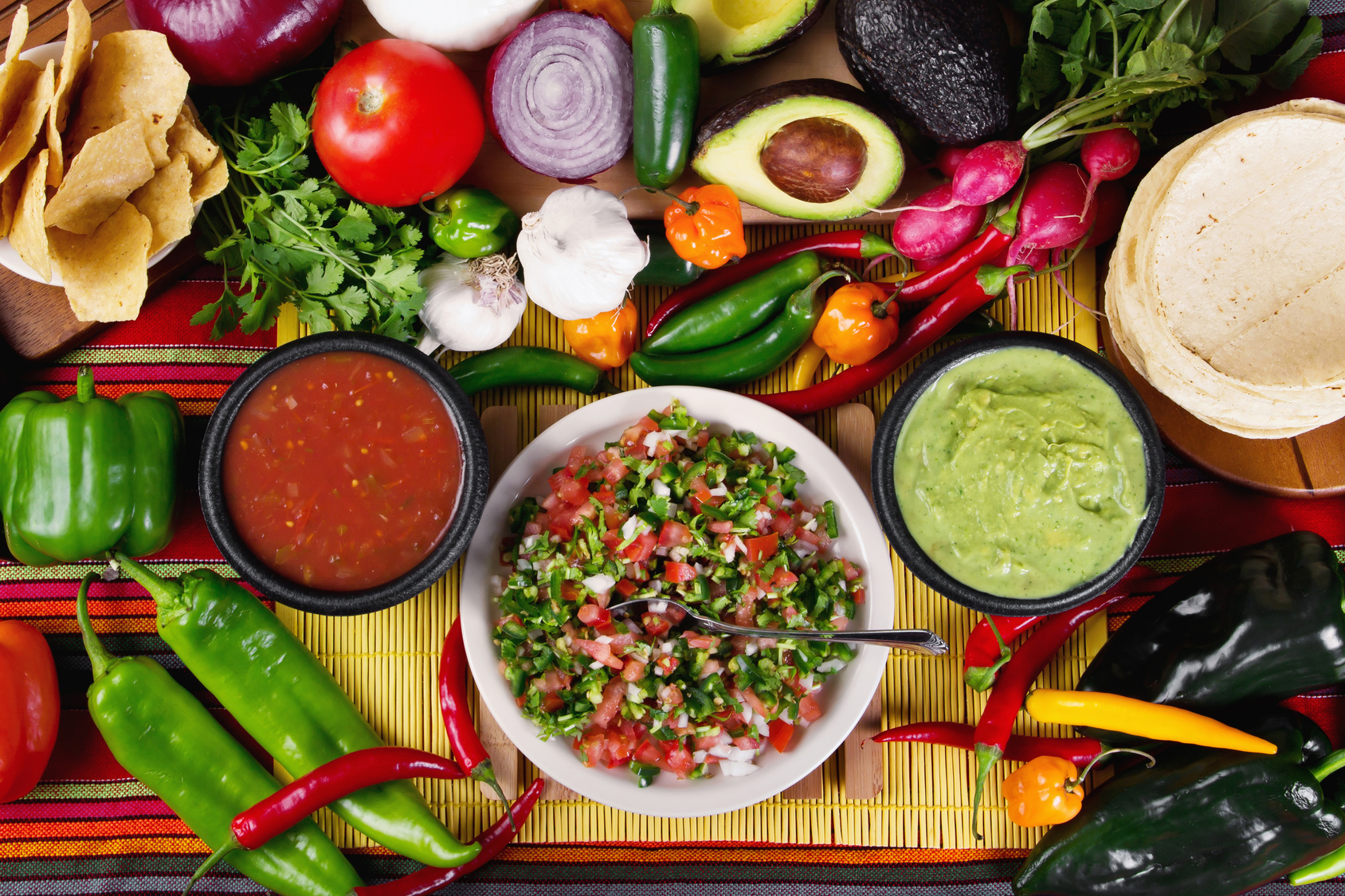
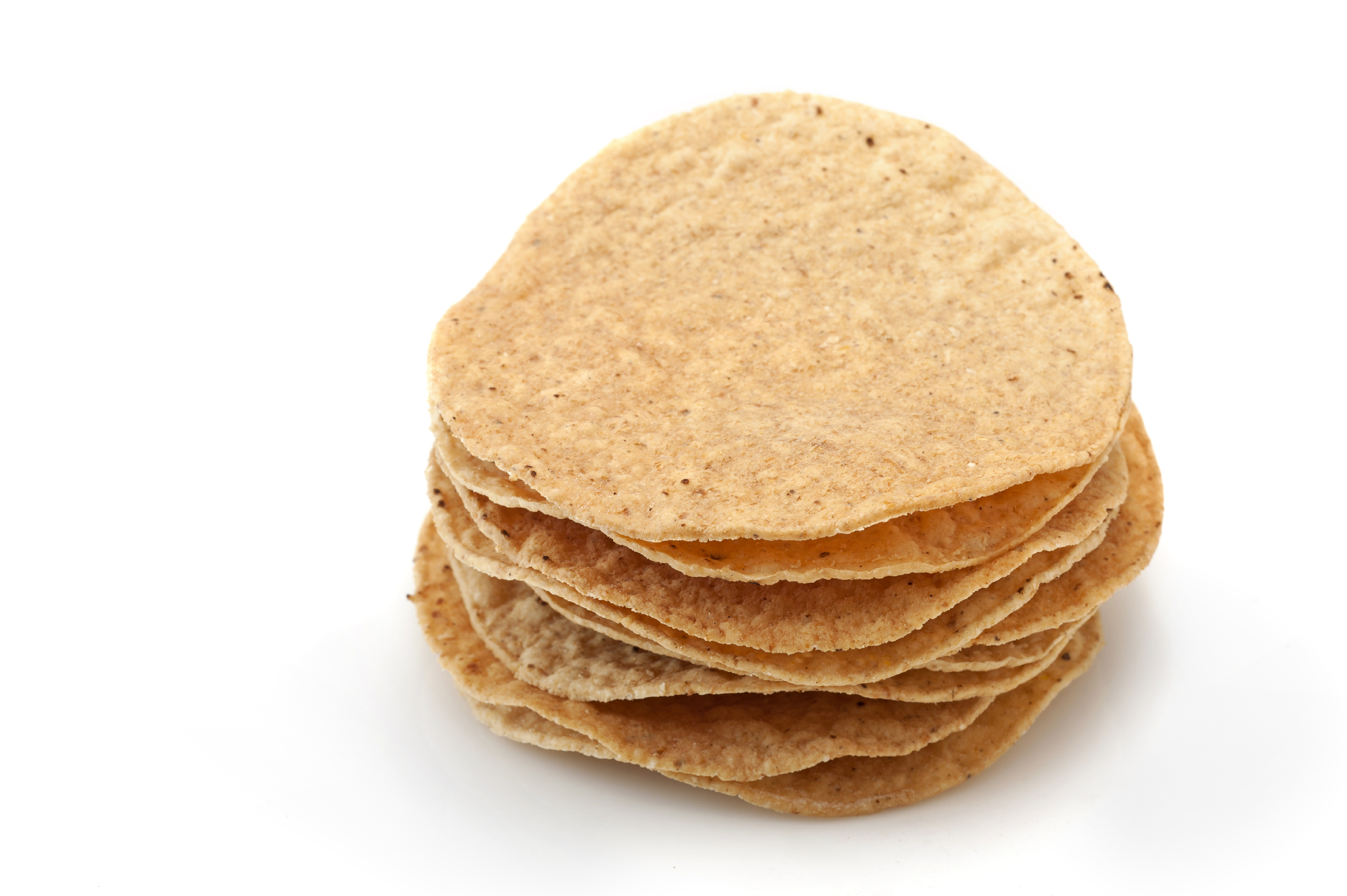
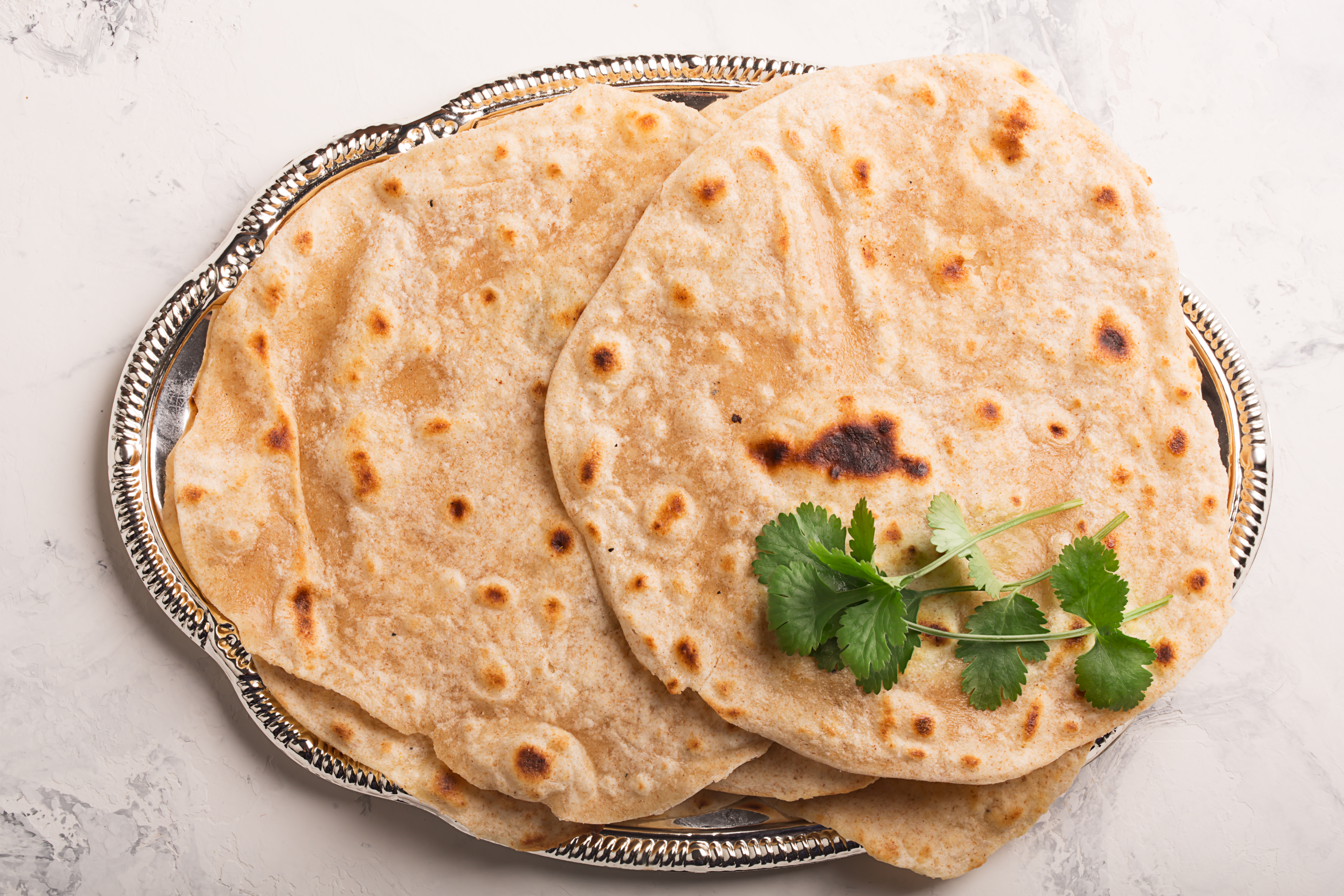
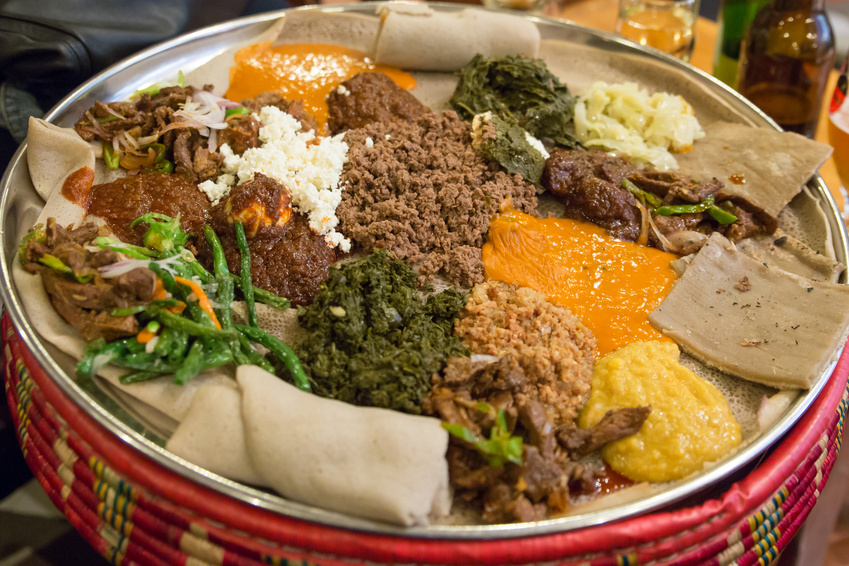
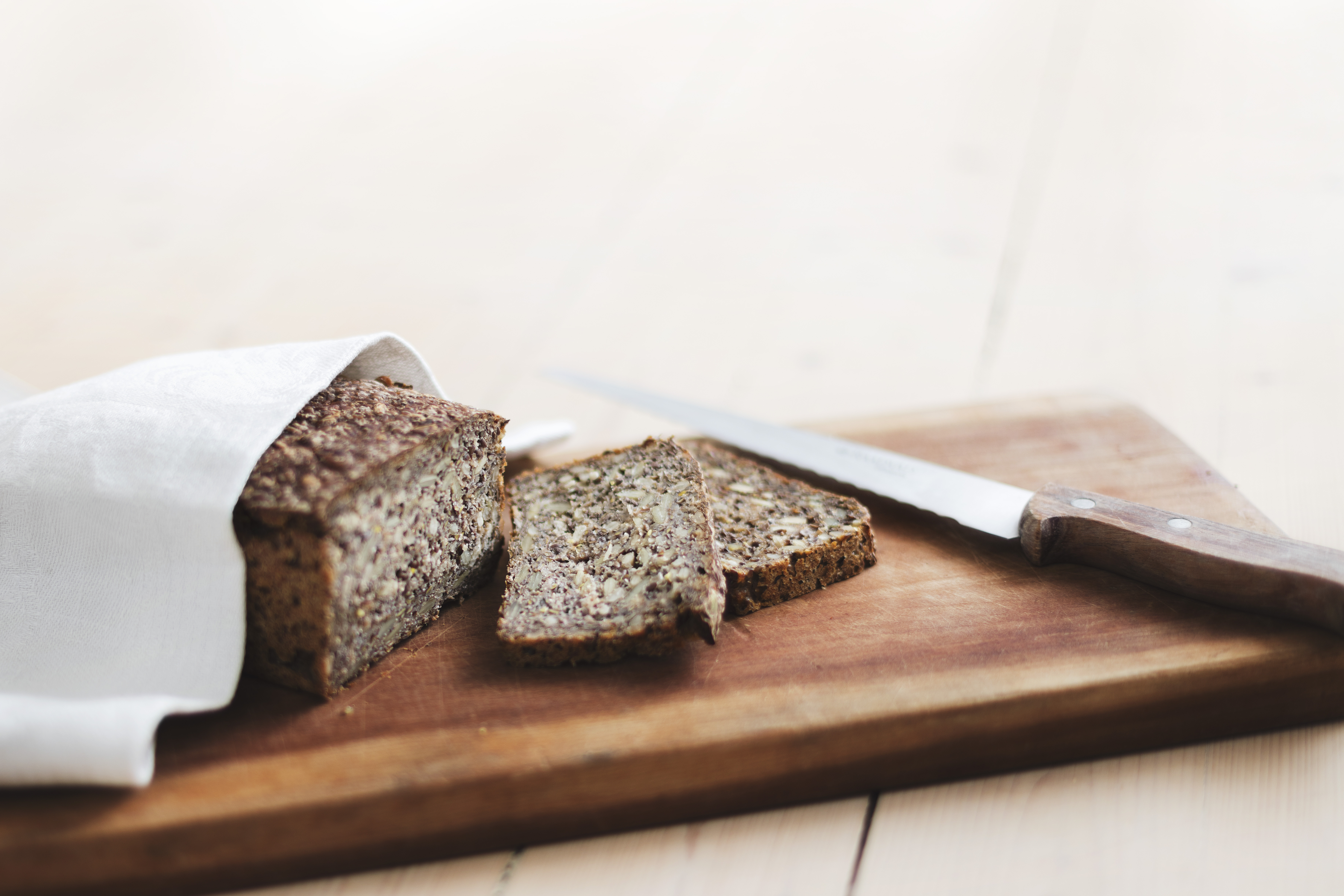
Add a Comment